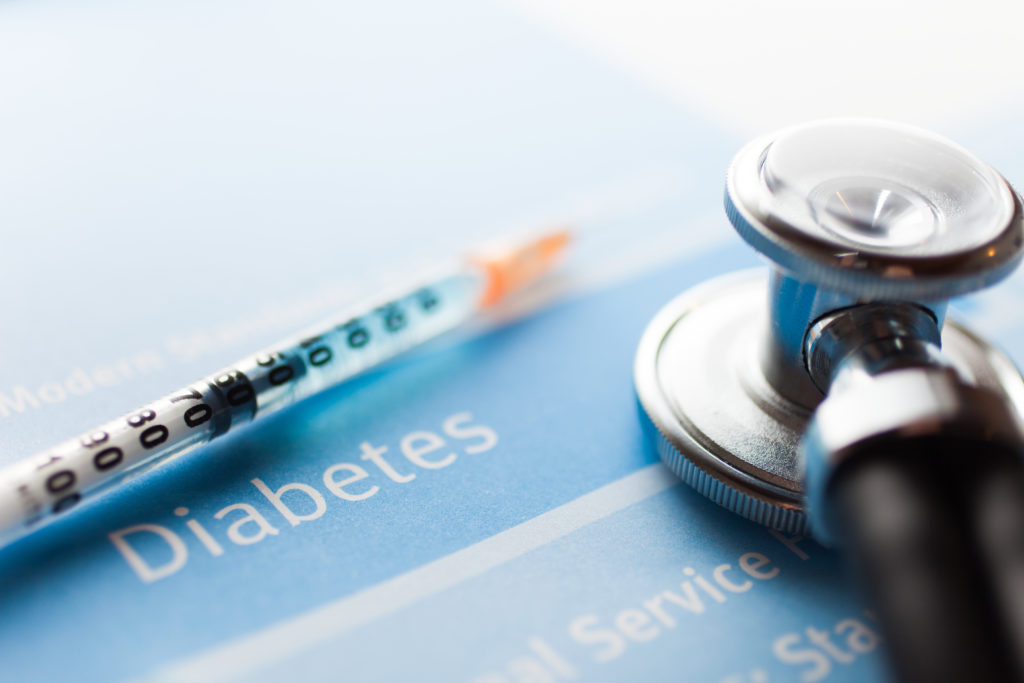
Motor carriers working on the front lines during the COVID-19 pandemic are requesting guaranteed liability protection from Congress, as federal lawmakers work to bring further emergency funding to the trucking industry through new legislation.
A particular group of House members and senators have been working to help stakeholders throughout coronavirus relief efforts and are currently pushing forward a $45 billion relief bill for transportation operations during this time.
According to the measure, which would bring $746 billion in relief funds overall, emergency aid would be given to public transit, bus system, airports, airlines, and Amtrak operations. This aid would also help supply chain operators working within distribution efforts for COVID-19 vaccines as well as certain small businesses.
An additional bill aiming to give $160 billion in state and municipality relief efforts has been moved forward by a bipartisan group of lawmakers. This separate bill would help bring liability protections for COVID-19 relief responders and affiliated stakeholders, and these protections would help with injury claims dating back to December 2019.
In a letter to congressional leaders, American Trucking Associations requested specific liability-protection measures. The letter was addressed to leaders in the congressional minority, as well as Speaker Nancy Pelosi and Senate Minority Leader Mitch McConnell.
“Motor carriers and commercial drivers are crucial to ensuring that American communities have the essential goods they need–food, medicine, personal protective equipment, and other critical items–to weather the ongoing public health crisis,” said ATA President Chris Spear in the letter. “Carriers and drivers are in large part the reason why our nation’s grocery stores remain stocked, our gas stations are refueled, and our hospitals and medical professionals stay supplied. As vaccines arrive to protect Americans from this pandemic, they will arrive on a truck.”
“Without these reasonable protections, we fear an onslaught of costly litigation spurred more by an opportunistic trial bar than by those seeking appropriate remedies in response to the actions of a few bad actors,” the letter continued. “ATA’s motor carriers remain committed to what’s been asked of us while asking for little in return, but our industry faces an uncertain future if frivolous lawsuits continue to be filed unabated.”
The letter ended by calling for the House and Senate to “find common ground” in regards to an additional COVID-19 relief bill, reiterating that liability protections are key to making sure motor carriers can continue handling supply chain needs during the current economic crisis.
“Congress should provide that motor carriers are not held liable if, despite reasonable efforts and absent willful/gross misconduct, they are alleged to have exposed customers or employees to the coronavirus in the course of serving the nation’s supply needs during the crisis,” said Spear. “The trucking industry is proud to play an outsized role in COVID-19 response and recovery efforts, and we ask that you consider the essential liability protections in any future legislation.”
The Association of Equipment Manufacturers pushed for the $748 billion relief legislation as transportation stakeholders urged Congress to help avoid transportation service disruptions by approving additional pandemic relief packages.
“Failure to pass this legislative package will mean that small- and medium-sized equipment manufacturers will continue to struggle to keep the lights on and workers on the job, result in continued financial hardship for millions of Americans, and create unnecessary delays in combating the COVID-19 pandemic,” lamented Kip Eideberg, Senior Vice President of the Association of Equipment Manufacturers.
Co-sponsors of the proposal include Senators Susan Collins, Mark Warner, Bill Cassidy, Joe Manchin, and Mitt Romney, who states, “We were able to reach agreement on a two-part relief package that includes emergency relief for small businesses, unemployment insurance, funding for vaccines and health care providers, as well as state and local assistance and a national liability shield for COVID-[19]-related lawsuits.”
A new round of coronavirus relief legislation has yet to be determined by congressional leaders.
Senators have proposed offering $300.8 million to the Federal Motor Carrier Safety Administration’s safety operations and programs account, and Senate appropriators suggested $391.1 million for FMCSA safety grants. In addition, this summer also saw House funding leaders’ transportation measure passed.




